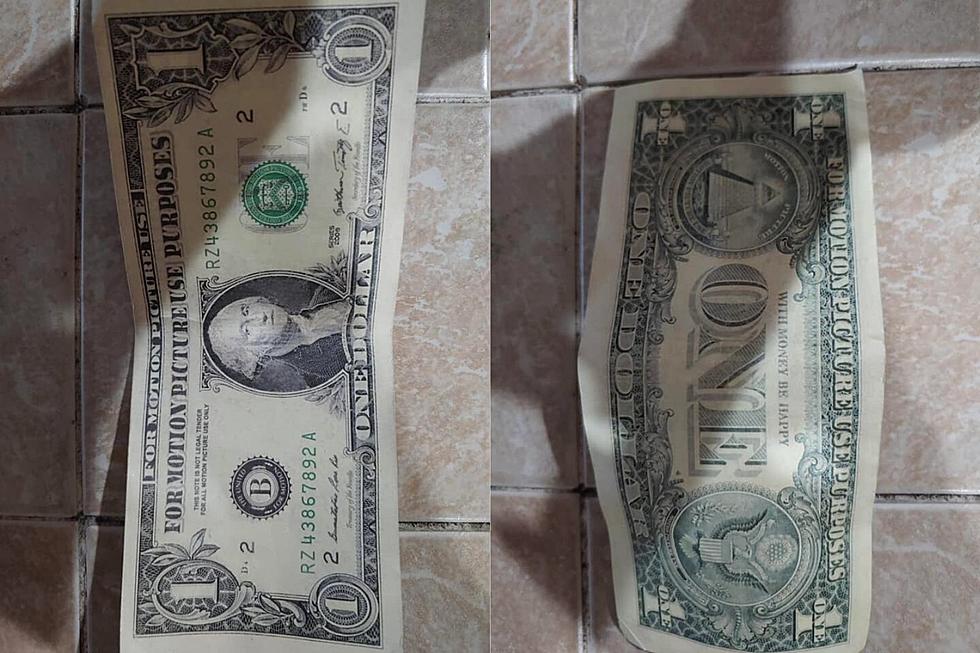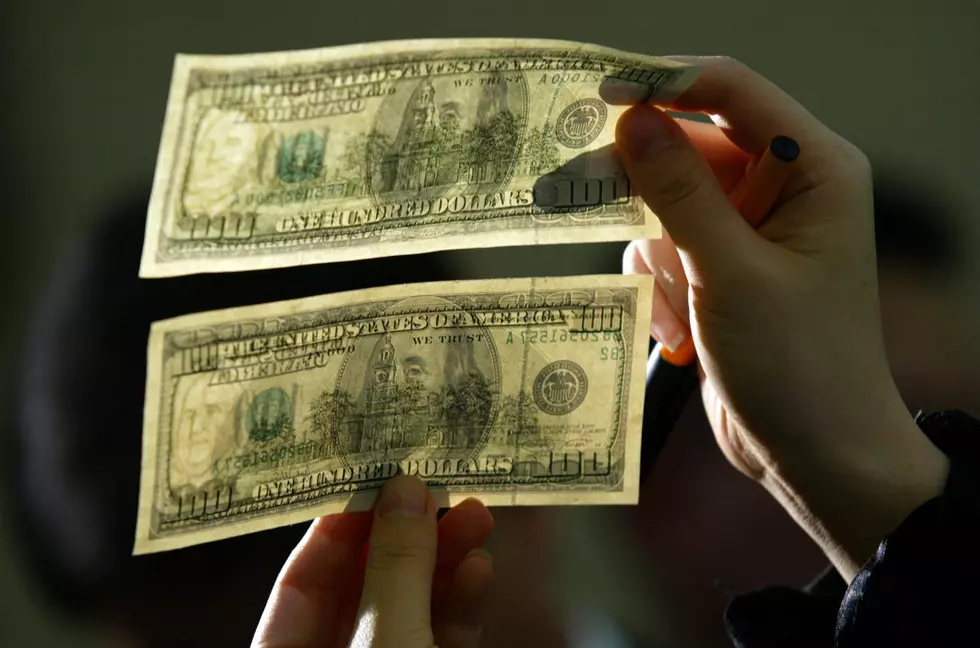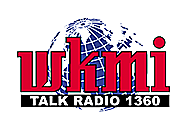
Fraudulent Money in Kalamazoo – How to Detect Counterfeit Bills
Mary Balkema, the Kalamazoo County Treasurer, wants the community to be vigilant, as it seems someone has been circulating counterfeit $100 bills. Let's face it, I'm so broke that someone paying for something with a stack of Benjamins in and of itself looks fishy. But the last thing that business owners want to do right now, amid all this financial uncertainty, is not do the due diligence in checking bills of large denominations. In fact, Balkema suggests checking "bills you handle over $10."
Counterfeiters are getting better and better at perfecting their trade, which is why our currency has changed so much over the last several years to include authenticators that even the best criminals can't duplicate. They're even scrubbing smaller bills to print new ink on so the paper itself tricks those counterfeit markers that used to be in every cash register.
Here are just some of the tips from Loss Prevention Media that should help business owners and their employees scope out fake dough quickly and discreetly. These are the tips that are easiest at first glance, and don't require a lot of scrutiny. According to the website, "These security measures were designed not just to deter criminals from attempting to counterfeit money but to help people and businesses recognize counterfeit money when they see it."
- Check the Watermark - Every bill has a picture of a past president or founding father on them, however another image of that portrait is on the right of the bill and is invisible unless held up to the light. It's not enough to just see an image, the images have to match. What tipped off Balkema was that the bill had a picture of Ben Franklin, but the water mark was that of Alexander Hamilton.
- Blurry or Smudged Ink - Authentic bills will be have crisp edges. Home printers have a tendency to smudge a bit or blur some borders, so if lines don't look absolutely perfect, you most likely have a bad bill. Also, if the ink seems embossed, like on a business card, that's also a clear indication it's not official currency.
- Threads - In order to authenticate the paper, itself, colored threads have been woven in to the fabric of the bills. If you've already got the bill up to the light to check the watermark, then you should be able to see the red and blue threads that run like veins through the paper.
A lot of businesses are opting for a card-only payment system to cut down on the spread of germs during this pandemic, but as things return to normal, and cash is once again accepted, it's important to remember these simple tips.
READ MORE: Worst Dollar Store Buys
More From WKMI









